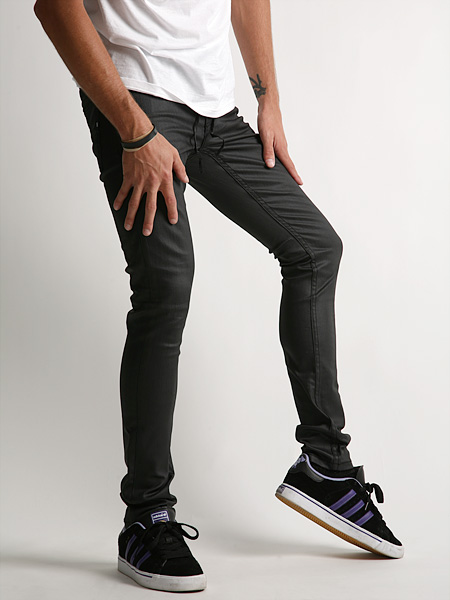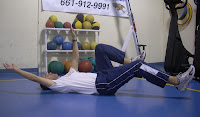We are now into the 3rd week of our Summer Speed, Strength and Power (SSP) Camps and a few things are very apparent.
1. The younger kids are, the quicker they seem to learn. In just two weeks of training, the camp we have been running for NOR has seen some amazing improvements! From running technique to deceleration to landing technique, these kids have improved by amounts I was not expecting! And this keeps them safer during play, as well as improves their running speed, lateral movement and overall fun!
2. The girls are just crushing the boys in each of our 3 camps. The average ratio of boys:girls in our camps are 2:1. Our NOR camp has just 1 girl out of 14 kids in the camp. Yet the girls CONSISTENTLY out-perform the boys in acceleration, agility, foot-speed and quickness. The only thing the boys have over the girls is strength. And even then if we measure strength relative to body weight, the girls are almost even with the boys.
3. We need to do more of these. Almost daily I hear from the parents how much their kids enjoy the program and they ask if we do this during the school year. We absolutely do these during the school year. But it seems that practice and games for 3 different baseball leagues that Junior is signed up for takes precedence over movement skill training. Remember, movement skills are the foundation for sports skills. If an athlete has poor movement skills, then sport skills are going to be more difficult to teach. If a child can control their body with precision, then teaching sport skills becomes infinitely easier. Heck, it'll make the most basic instruction have a major impact and sport coaches will think they are all of a sudden Vince Lombardi.
So we will be starting a second Summer SSP camp for the junior group. The new camp will start on July 12 and run through August 4th. Meeting times are Tues/Thurs from 1-2:30. Ages for this camp are from 8-12. We would love to have more baseball and soccer players showing up. Although this camp is open to athletes of all sports.




































